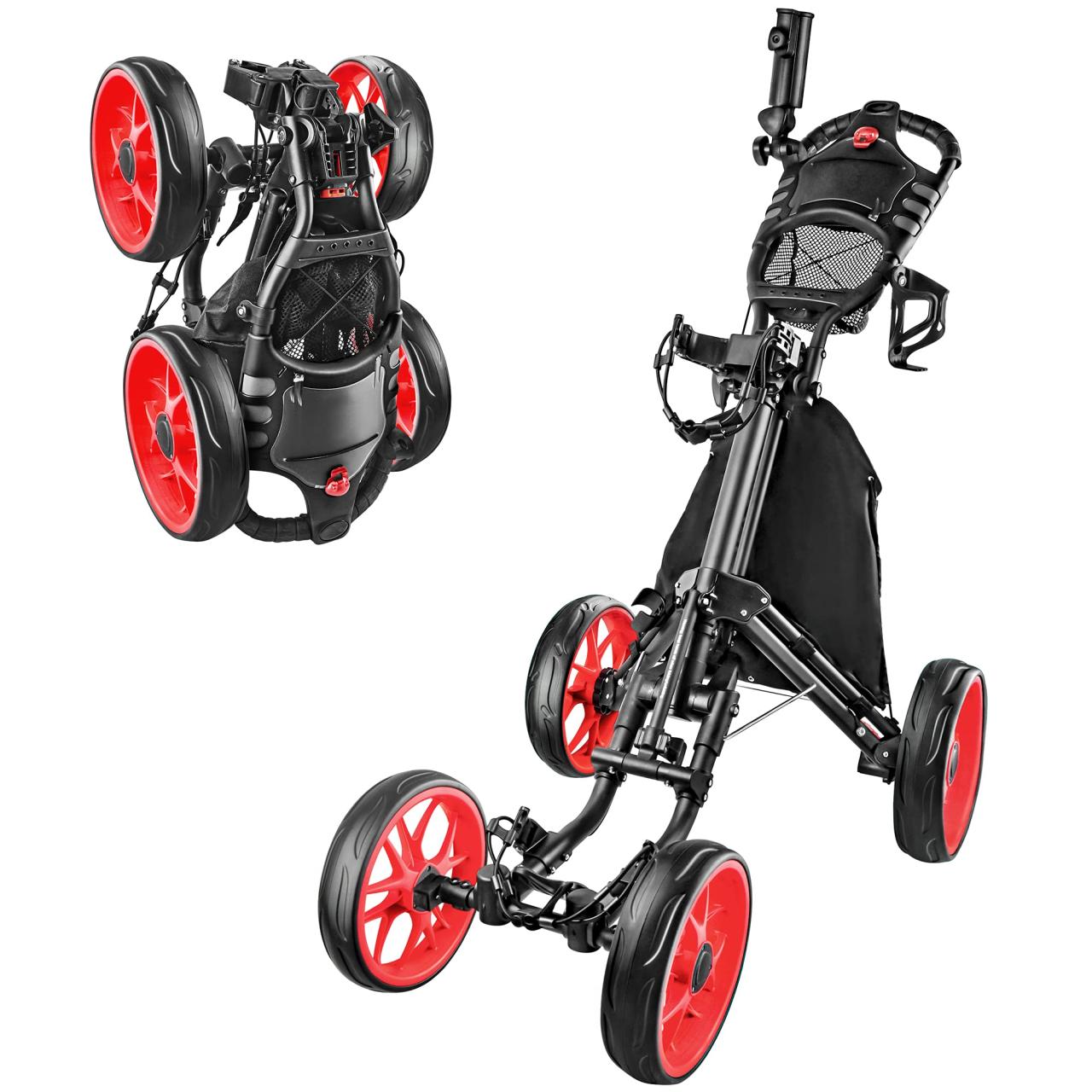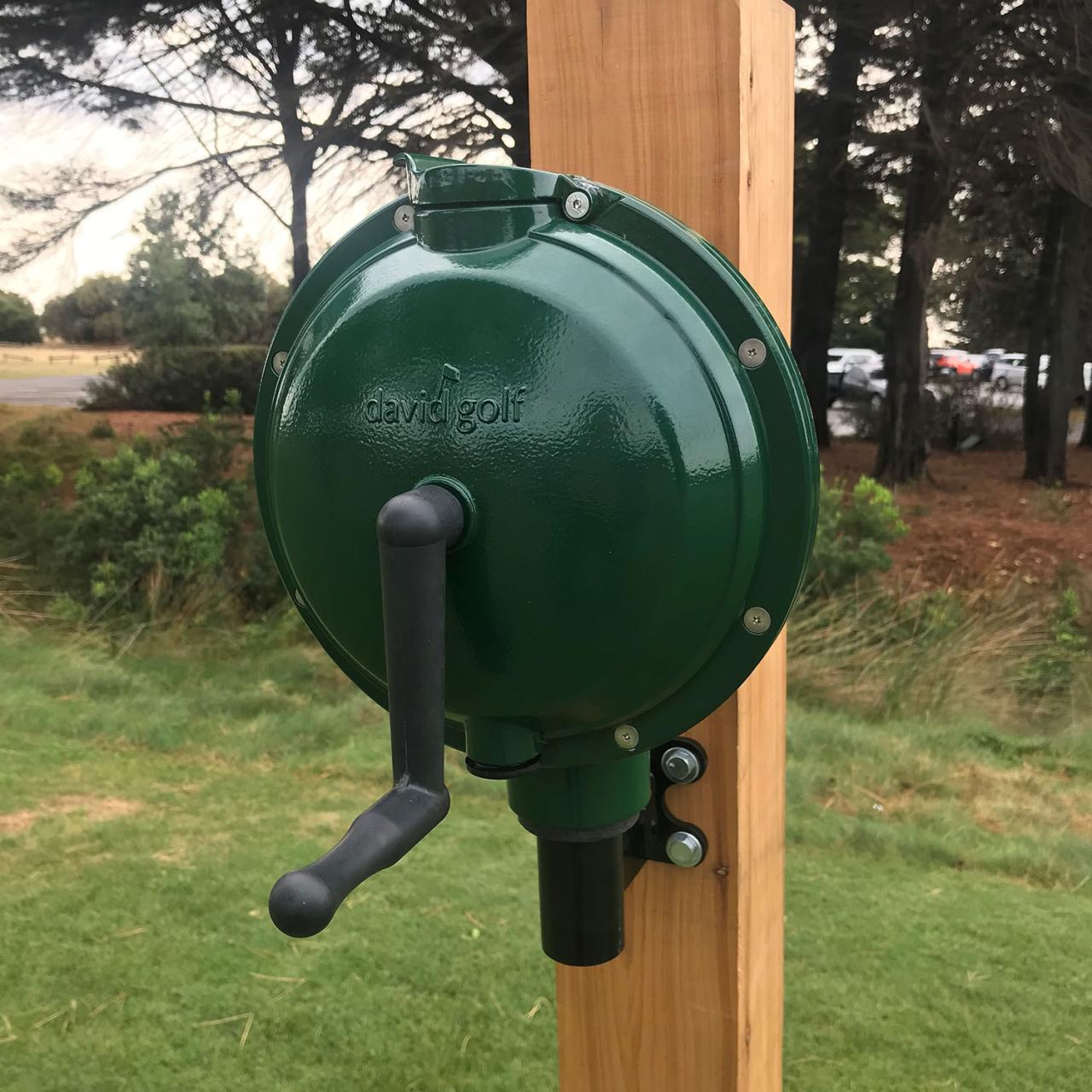Golf club carriers are essential for any golfer, providing a way to transport clubs, accessories, and personal items. From carry bags for the minimalist golfer to cart bags offering ample storage, the right carrier can enhance your game and ensure a comfortable experience on the course.
This comprehensive guide delves into the world of golf club carriers, exploring different types, features, popular brands, and maintenance tips. We’ll help you navigate the diverse landscape of options, from lightweight carry bags to durable travel bags, empowering you to choose the ideal carrier for your needs and preferences.
Golf Club Carrier Types

Choosing the right golf club carrier is essential for any golfer, as it impacts your comfort, convenience, and ability to transport your clubs. The type of carrier you select depends on your golfing style, frequency of play, and personal preferences.
Carry Bags
Carry bags are designed to be carried on your back, making them ideal for walking courses. They are lightweight and compact, offering portability and ease of movement.
- Benefits:Carry bags are highly portable, allowing you to move freely around the course without relying on a golf cart. Their compact size makes them easy to store and transport in your car.
- Drawbacks:Carry bags typically have limited storage space compared to other types of bags. Carrying a heavy bag for an extended period can be physically demanding, especially on hilly courses.
Cart Bags, Golf club carrier
Cart bags are designed to be used with a golf cart, providing ample storage and organization for your clubs and accessories.
- Features:Cart bags offer numerous pockets and compartments for storing golf balls, tees, gloves, and other essentials. They often have a cooler compartment for keeping beverages cold.
- Advantages:Cart bags are spacious, allowing you to carry a full set of clubs, along with extra equipment. They are designed for easy access and organization, making it convenient to find what you need on the course.
Travel Bags
Travel bags are specifically designed for transporting golf clubs during air travel. They are robust and durable, protecting your clubs from damage during transit.
- Characteristics:Travel bags are typically made from hard-shell materials or reinforced fabric. They often have wheels and a telescopic handle for easy maneuverability through airports.
- Protection:Travel bags are designed to withstand the rigors of air travel, ensuring your clubs arrive at your destination in good condition. They often have internal padding and dividers to protect your clubs from impact.
Stand Bags
Stand bags are designed to stand upright on the course, offering convenience and ease of use. They are equipped with a built-in stand mechanism that allows them to remain upright without the need for a golf cart.
- Functionality:Stand bags offer a balance between portability and storage capacity. They are typically lighter than cart bags but provide more storage than carry bags.
- Ease of Use:The self-standing feature of stand bags eliminates the need to lean your bag against a tree or cart. This allows you to easily access your clubs and accessories without having to bend over or search for a stable surface.
Features and Considerations

Choosing the right golf club carrier can significantly impact your golfing experience, ensuring both convenience and comfort on the course. Consider the following features to make an informed decision.
Weight and Size
The weight and size of a golf club carrier directly influence its portability and ease of use. A lighter carrier is easier to carry, especially during long rounds. However, smaller carriers may have limited storage capacity.
Storage Capacity
A golf club carrier’s storage capacity determines how many clubs, accessories, and personal items you can carry. Standard carriers typically hold 14 clubs, but some models can accommodate additional accessories like balls, tees, and rain gear.
Material and Construction
Golf club carriers are made from various materials, each offering unique advantages.
- Nylon:Lightweight and durable, nylon carriers are commonly used for their water-resistance and affordability.
- Polyester:Known for its strength and water-repellent properties, polyester carriers offer a balance of durability and affordability.
- Leather:Offering a classic look and feel, leather carriers are known for their durability and longevity, but they are also heavier and more expensive.
The construction of a golf club carrier also plays a crucial role in its durability. Sturdy stitching and reinforced seams enhance its longevity, especially for carriers exposed to frequent use and harsh conditions.
Comfort and Design
Comfortable straps and an ergonomic design are essential for carrying a golf bag comfortably, especially during long rounds. Features like padded shoulder straps, adjustable waist belts, and strategically placed handles can significantly enhance carrying comfort.
Price Range
Golf club carriers are available across a wide price range, depending on the materials, features, and brand.
- Budget-friendly carriers:Typically made from nylon or polyester, these carriers are priced between $50 and $150.
- Mid-range carriers:Offering a blend of features and durability, these carriers are priced between $150 and $300.
- Premium carriers:Made from high-quality materials like leather and featuring advanced features, these carriers are priced above $300.
Golf Club Carrier Maintenance
A golf club carrier, like any other equipment, requires proper maintenance to ensure its longevity and performance. By implementing a consistent cleaning and care routine, storing it correctly, and addressing minor repairs promptly, you can significantly extend the lifespan of your golf club carrier and enjoy its functionality for years to come.
Cleaning and Care
The cleaning and care methods for a golf club carrier depend on the materials used in its construction.
- Fabric carriers: These carriers typically require regular cleaning to remove dirt, grass stains, and sweat. Hand washing with mild detergent and air drying is recommended. Avoid using harsh chemicals or machine washing, as these can damage the fabric and weaken the seams.
- Metal carriers: Metal carriers are generally more durable and can withstand harsher cleaning methods. Use a mild soap and water solution to clean the surface, followed by a thorough rinsing. Avoid using abrasive cleaners or steel wool, as these can scratch the metal.
- Plastic carriers: Plastic carriers are relatively easy to clean. Simply use a damp cloth with mild soap to wipe down the surface. Avoid using harsh chemicals or abrasive cleaners, as these can damage the plastic.
Storage
Proper storage is crucial for protecting your golf club carrier from damage.
- Avoid direct sunlight: Prolonged exposure to direct sunlight can fade the color of fabric carriers and weaken the materials. Store your carrier in a cool, dry place, preferably indoors.
- Keep it dry: Moisture can damage the materials and cause rust or mildew. Ensure the carrier is completely dry before storing it.
- Protect from extreme temperatures: Extreme temperatures, both hot and cold, can affect the materials and cause them to become brittle or warped. Store the carrier in a temperature-controlled environment.
Repair and Replacement
Minor repairs, such as replacing a broken strap or zipper, can often be done at home.
- Replace worn-out straps: Straps can become frayed or worn out over time, making it difficult to carry the carrier. Replacing them with new straps is a simple repair.
- Fix broken zippers: Zippers can break or become stuck. A simple repair kit can often be used to fix the zipper.
- Replace broken wheels: Some golf club carriers have wheels that can break or become damaged. Replacing the wheels is a straightforward repair.
If the damage is extensive, it may be more cost-effective to replace the carrier entirely. Consider replacing the carrier if:
- The frame is bent or broken: A damaged frame can compromise the structural integrity of the carrier.
- The fabric is torn or ripped: Extensive damage to the fabric can weaken the carrier and make it difficult to use.
- The wheels are severely damaged: Severely damaged wheels can make it difficult to move the carrier.
Choosing the Right Golf Club Carrier

Selecting the perfect golf club carrier is essential for a smooth and enjoyable golfing experience. It should cater to your specific needs and preferences, ensuring a comfortable and efficient way to transport your clubs.
Golfing Style
The type of golf you play significantly impacts the choice of carrier. For instance, casual golfers might prefer a lightweight and compact bag, while avid players might opt for a larger, more feature-rich bag.
- Casual Golfers:These golfers often play leisurely rounds and might prefer a lightweight stand bag or a cart bag. They prioritize ease of transport and convenience over maximum storage space.
- Competitive Golfers:These golfers prioritize functionality and organization. They may choose a tour bag or a stand bag with ample storage for multiple clubs, accessories, and clothing.
- Walkers:Walkers need a lightweight and comfortable bag with a stand for easy access to their clubs. A stand bag with a padded strap or a backpack-style carrier is ideal for this purpose.
- Riders:Riders might prefer a cart bag or a travel bag, prioritizing ease of loading and unloading onto a golf cart. Cart bags offer ample storage and often include features like coolers and multiple pockets.
Budget
Budget plays a crucial role in determining the type of golf club carrier you can afford.
- Budget-Friendly Options:These carriers typically include stand bags, cart bags, and basic travel bags. They offer essential features at an affordable price point.
- Mid-Range Options:These carriers offer a balance between features and affordability. They might include stand bags with additional features, cart bags with more storage space, and travel bags with improved durability.
- Premium Options:Premium carriers are designed for serious golfers who prioritize top-notch quality, advanced features, and high-end materials. These bags are often lightweight, durable, and come with innovative features like integrated GPS systems, waterproof compartments, and customizable options.
Personal Preferences
Beyond golfing style and budget, personal preferences are equally important.
- Comfort:Choose a carrier that feels comfortable to carry, with adjustable straps, padded handles, and proper weight distribution. Consider the bag’s weight, size, and shape.
- Design:Select a carrier that aligns with your aesthetic preferences. Choose a bag with a design, color, and logo that you find appealing.
- Features:Consider the features you need and want. Look for features like multiple pockets, a built-in stand, waterproof compartments, and a cooler.
FAQ Guide: Golf Club Carrier
What are the different types of golf club carriers?
Golf club carriers come in various types, including carry bags, cart bags, travel bags, and stand bags, each offering unique features and benefits.
How do I choose the right size and weight for a golf club carrier?
Consider your golfing style and preferences when choosing the size and weight of your carrier. If you walk the course, a lighter carry bag is ideal. For cart users, a larger cart bag with ample storage is more suitable.
What materials are golf club carriers made from?
Golf club carriers are typically made from durable materials like nylon, polyester, or leather. Each material offers different benefits in terms of durability, water resistance, and weight.

